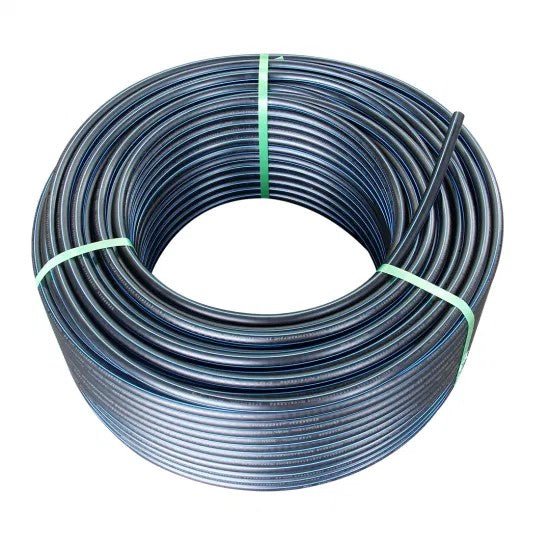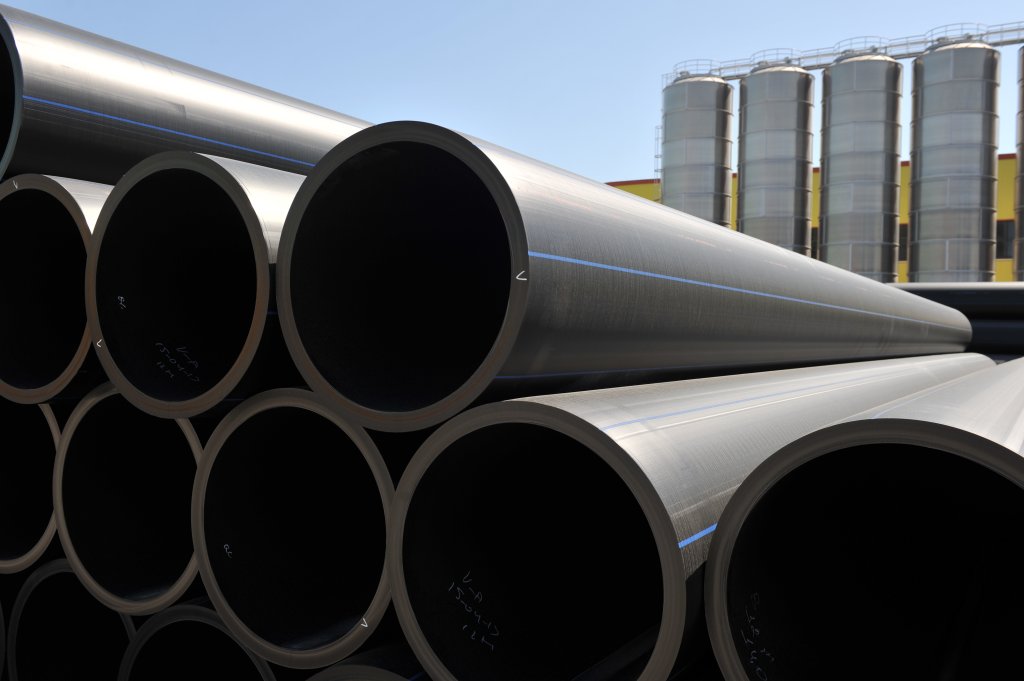Why Pipe Supplier American Plastics Midland Is the Top Choice for Contractors
Recognizing the Key Conveniences of HDPE Pipeline for Water and Wastewater Management
Using HDPE pipe in water and wastewater monitoring offers various benefits that warrant factor to consider. Its extraordinary sturdiness and long lifespan make it a recommended option for lots of projects. Furthermore, the material's resistance to deterioration and chemical damages enhances its dependability in different settings. However, the benefits expand past simply longevity and resistance. Discovering its cost-effectiveness and environmental effect discloses also a lot more engaging reasons for its extensive fostering in modern infrastructure
Phenomenal Toughness and Durability

HDPE pipe stands apart for its phenomenal longevity and long life, making it a favored selection in water monitoring systems. Built from high-density polyethylene, these pipelines can hold up against considerable stress and stress, making sure reliable efficiency with time. Their durable nature enables them to sustain severe environmental problems, including temperature changes and soil activities, which can trigger other products to fall short.
The life expectancy of HDPE pipelines usually exceeds 50 years, supplying an affordable solution for districts and sectors alike. Additionally, the material's light-weight properties streamline setup, minimizing labor expenses and timeframes. This longevity reduces the requirement for regular fixings or replacements, further boosting its financial appeal.
In water administration applications, the integrity of HDPE pipelines indicates less disruptions and boosted service connection, making them integral to sustainable facilities advancement. The mix of toughness and durability solidifies HDPE's role as a keystone in reliable water monitoring remedies.

Resistance to Rust and Chemical Damages
While numerous materials catch deterioration and chemical damage gradually, HDPE pipes exhibit remarkable resistance, making them ideal for numerous water monitoring applications. This resilience comes from the molecular structure of high-density polyethylene, which is inherently non-reactive and does not rust like metals or degrade from exposure to harsh chemicals. Therefore, HDPE is highly effective in settings with hostile compounds, such as wastewater systems that may include acids, bases, and organic solvents.
Additionally, HDPE pipelines can stand up to environmental variables such as dirt acidity and saline problems, better improving their viability for diverse applications (hdpe pipe fittings Midland TX). Their capability to maintain architectural integrity over time decreases the danger of leakages and failures, which is crucial in making sure the safety and integrity of water circulation and wastewater management systems. The resistance to corrosion and chemical damage noticeably adds to the total effectiveness and longevity of HDPE piping remedies.
Cost-Effectiveness and Economic Advantages
When considering the monetary ramifications of water management systems, the cost-effectiveness of HDPE pipes ends up being obvious. These pipelines use reduced installation and upkeep expenses compared to typical products like metal or concrete. Their lightweight nature streamlines transport and installment, resulting in lowered labor expenditures. In addition, HDPE pipelines show a lengthy life-span, often going beyond half a century, which equates to fewer substitutes and long-term financial savings.
Additionally, the resistance of HDPE to corrosion and chemical damages minimizes the demand for pricey fixings and substitutes. The pipes also sustain visit homepage effective water flow, decreasing power costs related to pumping systems. By mitigating leaks and water loss, HDPE pipes contribute to substantial financial benefits for communities and industries alike. Overall, the first financial investment in HDPE piping can yield substantial economic returns over the lifespan of the water administration system, making it a sensible choice for lasting infrastructure advancement.
Environmental Sustainability and Minimized Impact

Versatility and Adaptability in Installation
Because of their unique buildings, HDPE pipes offer impressive convenience and flexibility in installment, making them suitable for a variety of applications. Their light-weight nature enables simpler handling and transport, decreasing labor expenses and setup time. HDPE pipelines can be bent and shaped to fit various terrains and job needs, which is particularly helpful in challenging environments.
In addition, their resistance to rust and chemical damages permits installment in diverse settings without the need for specialized protective coverings. The capability to fuse joints produces you could try this out a continuous, leak-free system, boosting the general stability and integrity of the installment. HDPE's versatility also suits ground motion, reducing the risk of damages in locations prone to shifting dirt. On the whole, these characteristics make HDPE pipes not only versatile however likewise a favored selection for water and wastewater management systems.
Often Asked Concerns
Exactly How Does HDPE Pipeline Compare to PVC in Water Management Applications?
HDPE pipe supplies exceptional adaptability, resistance to deterioration, and sturdiness compared to PVC. Its lighter weight assists in easier installment, while its long life expectancy decreases replacement costs, making HDPE a preferred option in water administration applications.
What Is the Lifespan of HDPE Water Lines Under Normal Problems?
Under common conditions, HDPE pipelines can have a life expectancy ranging from 50 to 100 years. Their durability and resistance to corrosion add to their long-lasting efficiency in numerous applications, making them a dependable selection for infrastructure.
Are HDPE Pipeline Recyclable After Their Life Span?
Yes, HDPE pipelines are recyclable after their life span. Pipe Supplier American Plastics Midland. They can be refined and repurposed into new items, considerably reducing environmental influence and promoting sustainability within the industry, making them an environment-friendly option for piping services
What Is the Installment Refine for HDPE Water Lines?
The installment process for HDPE pipes involves website preparation, trenching, pipeline combination or mechanical joining, backfilling, and stress testing. Proper techniques assure a long lasting and efficient system for carrying water and wastewater properly.
Can HDPE Water Lines Be Used for Both Safe And Clean and Non-Potable Water Systems?
Yes, HDPE pipelines can be utilized for both safe and clean and non-potable water supply. Their convenience, durability, and resistance to deterioration make them suitable for numerous applications, guaranteeing secure and effective transport of water in different contexts.